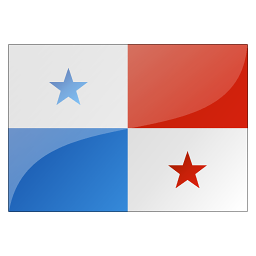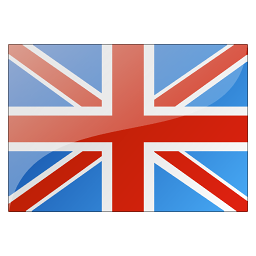



The archipelago’s most developed island is home to the provincial capital of Bocas del Toro. From the mid-1990s, foreign investors flooded the island, creating hotels, restaurants and condos while infrastructure for water, trash and sewage lagged far behind. Today the island, which runs on diesel, struggles to find a balance between satisfying development and serving community needs.

One of the most cosmopolitan capitals in Central America, Panama City is both a vibrant metropolis and a gateway to incredible tropical escapes.

With its Caribbean islands dotting a shock of blue waters, Bocas del Toro is all that's tropical. This is Panama’s principal tourist draw and it will no doubt provide some of your most memorable experiences. The archipelago consists of six densely forested islands, scores of uninhabited islets and the Parque Nacional Marino Isla Bastimentos, Panama’s oldest marine park.

One of the world’s richest biomes is the 2240-sq-mile (5790-sq-km) Parque Nacional Darién, where the primeval meets the present with scenery nearly unaltered from one million years ago. Even today in the Darién, the Emberá and Wounaan people maintain many of their traditional practices and retain generations-old knowledge of the rainforest.

Among Central America's top surf spots, Santa Catalina is still somewhat remote with limited development and home to some seriously wicked surf. Life here is pretty tranquil, in a fishing village where skateboards rip down main street and kids go barefoot but clothing is required to walk to and from the beach. Most non-surfers discover the area as the main springboard for day and overnight trips to Isla de Coiba and its national park, where there's outstanding scuba diving and snorkeling.

With white sand and waving palms, the islands of the turquoise Archipiélago de San Blas of the Comarca de Guna Yala are a vision of paradise. This is home to the Guna people, the first indigenous group in Latin America to gain autonomy. Though they have had contact with Europeans since Columbus sailed these waters in 1502, traditional identity and way of life remain paramount.

Boquete is known for its cool, fresh climate and pristine natural surroundings. Flowers, coffee, vegetables and citrus fruits flourish in its rich soil, and the friendliness of the locals seems to rub off on everyone who passes through. Boquete gained a deluge of expats after the American Association for Retired Persons (AARP) named it a top retirement spot. Until you see the gated communities and sprawling estates dotting the hillsides up close, though, you'd be hard-pressed to see what the fuss is about.

Officially known as El Valle de Antón, this picturesque town is nestled in the crater of a huge extinct volcano, and ringed by verdant forests and jagged peaks. El Valle is a popular weekend getaway for urban dwellers in need of fresh air and scenery and is also a retirement community for foreigners, with some 200 resident expats from more than 40 countries. With an extensive network of trails, this is a superb place for walking, hiking or horseback riding. Nearby forests offer excellent birdwatching, and the valleys of El Valle are home to an impressive set of waterfalls and natural pools.

This Caribbean fishing village is so laid-back and languorous, it's hard to imagine it was once the greatest Spanish port in Central America. Mules carried Peruvian gold and Oriental treasures to Panama City via the fortresses at Portobelo. Though English privateers destroyed them many times throughout their history, several of these atmospheric colonial fortresses still stand amid village homes.

For most travelers, the archipelago is Bocas del Toro. Caribbean clichés aside, there’s no shortage of postcard-pretty beaches, emerald waters and swaying palms, and scads of things to see and do.